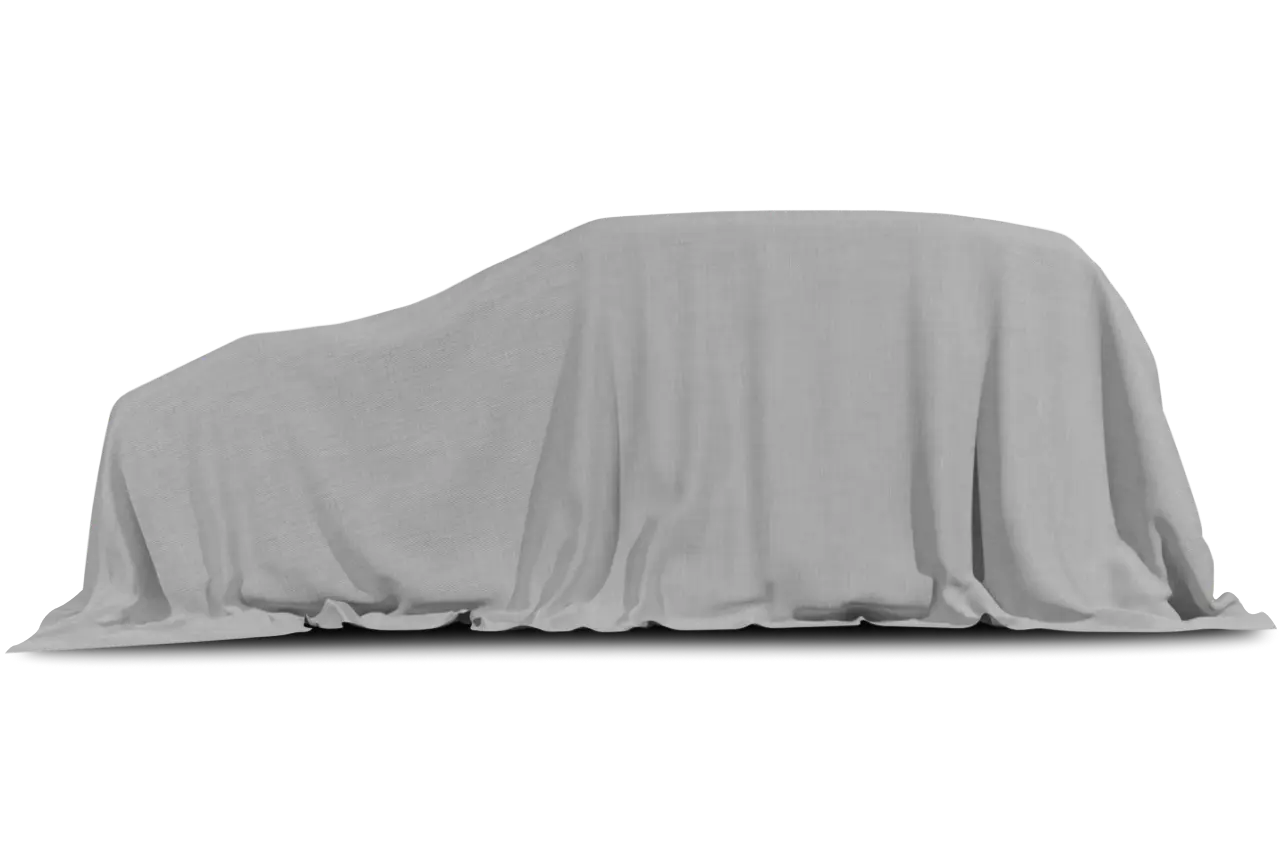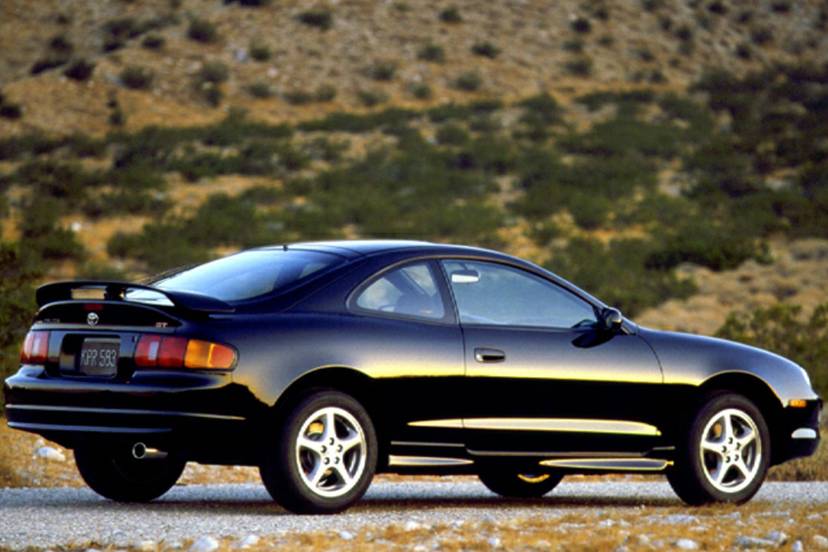
Vehicle Overview
Toyota’s car-based, hybrid sport utility vehicle gains the All Weather Guard Package as standard equipment for 2000 but is otherwise a rerun. The package, a $70 option last year, includes a heavy-duty battery and starter motor, larger windshield-washer reservoir and rear heater ducts. Toyota was one of the first to offer a car-based SUV when it introduced the RAV4 as a 1997 model. It is built on a platform that includes components from the Celica and Camry and has unibody construction.
Interior
Both the two-door convertible and four-door wagon come with seats for four and 50/50 split rear seats that fold separately for extra cargo room. Toyota doesn’t package the RAV4 only as a low-budget SUV. Options include leather upholstery for the wagon and a CD player for both.
Exterior
The four-door is about eight inches longer in wheelbase and 16 inches longer overall than the convertible, the extra space going for a larger rear seat and more cargo room (58 cubic feet instead of 35). The convertible has a manual, removable sunroof over the front seats and a folding canvas top over the rear seats. On both trims the spare tire mounted on the tailgate, which opens to the right.
Under the Hood
A 127-horsepower 2.0-liter four-cylinder teams with either manual or automatic transmission and either front-wheel drive or permanent 4WD.
Performance
Though some view all small SUVs as birds of the same feather, the RAV4 is not designed for heavy-duty off-roading like the Jeep Wrangler. Among key rivals are the Honda CR-V and Subaru Forester, and the RAV4 fits right in with those car-based vehicles: It’s suited mainly for on-road driving in all kinds of conditions.






















.png)



